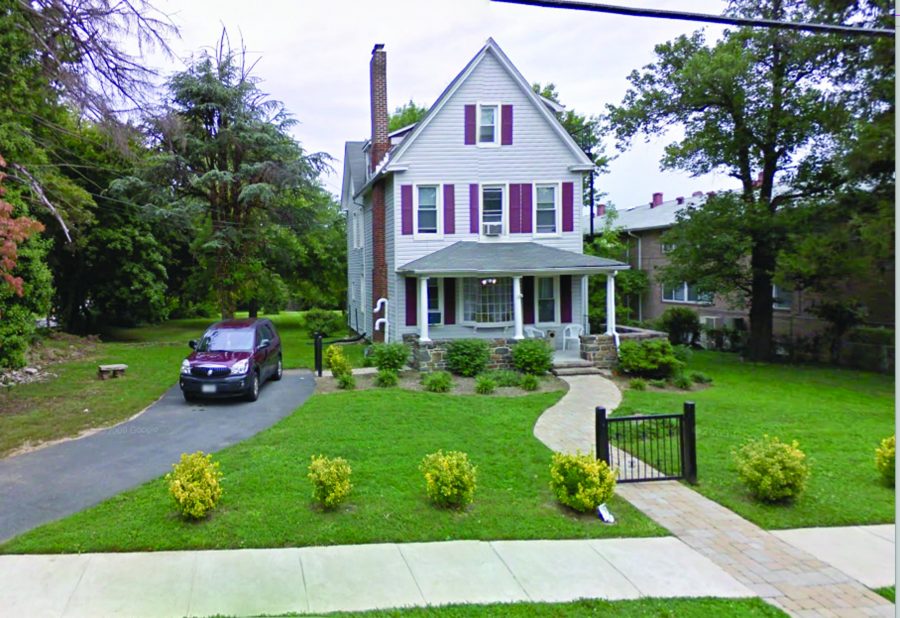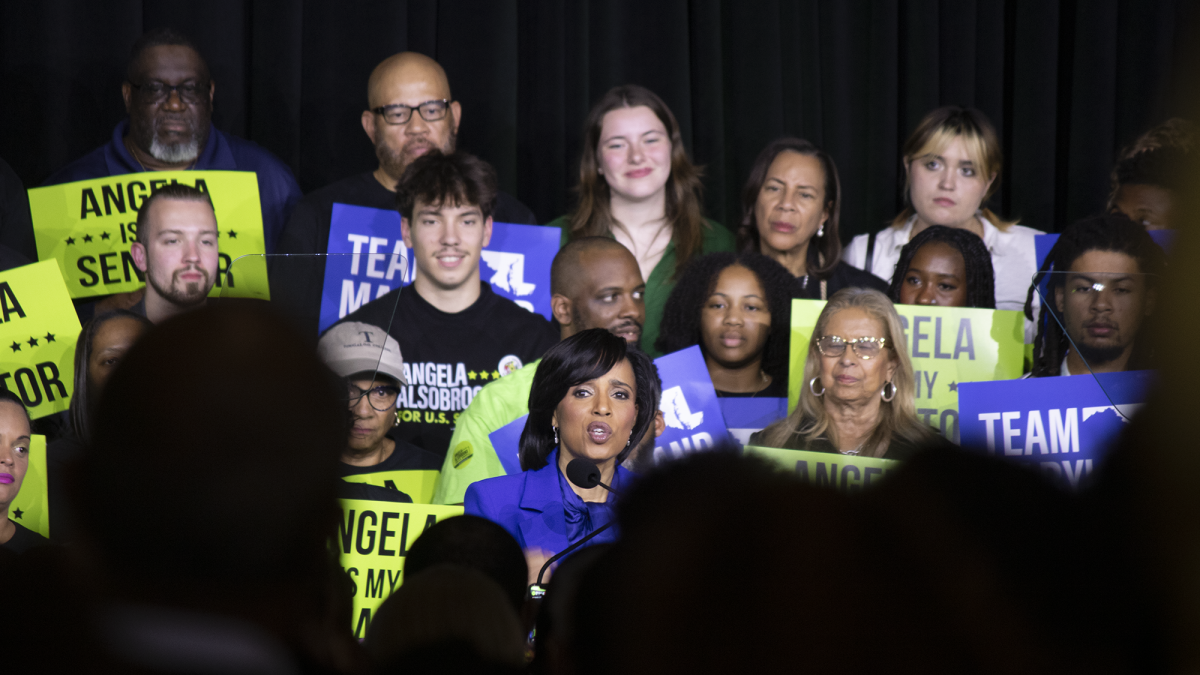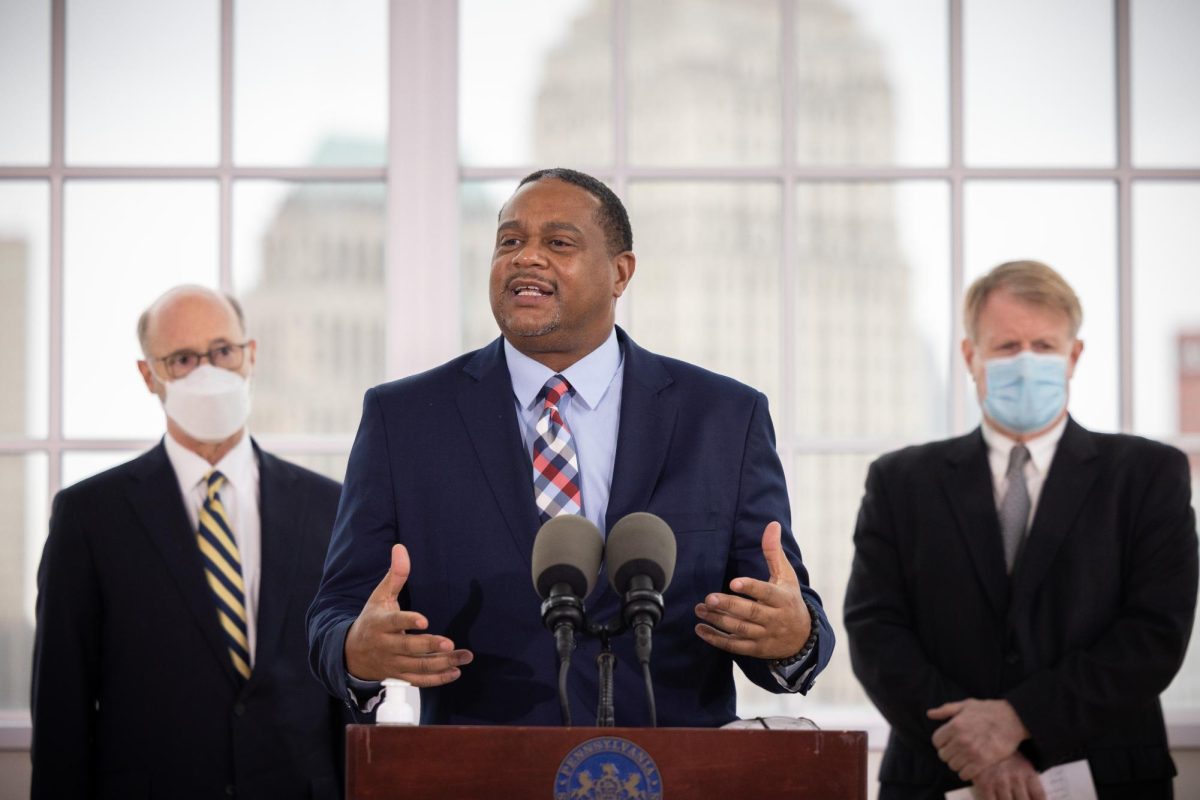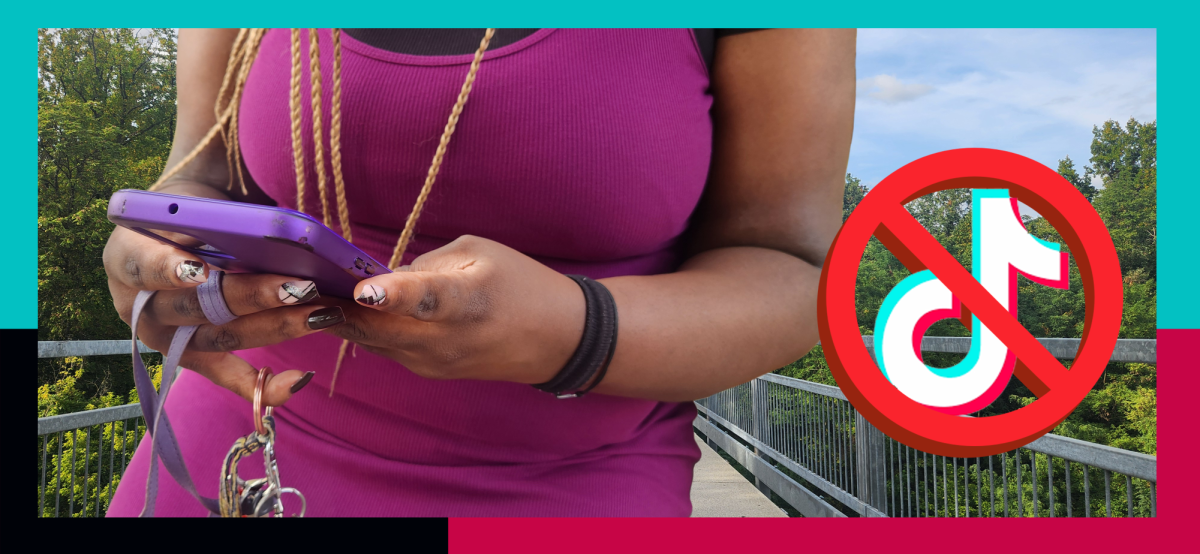Support for legalizing marijuana has grown from 46 percent in 2010 to 50 percent in 2011, according to a Gallup poll. The four percent boost may have tipped the scales toward legalization this month. In November’s election, two states legalized recreational marijuana usage for the first time. Both Colorado and Washington put the question to voters in a referendum and it won with 53 percent of the vote. The move to legalize the drug and activists’ efforts to decriminalize it (and de-clog the courts and jails) may push other states to follow suit.
“The global war on drugs has failed, with devastating consequences for individuals and societies around the world,” the Global Commission on Drug Policy reported in 2011.
Here at Morgan, students don’t much use marijuana, according to the University’s official report. Each year, colleges across the country are required to file official numbers on crime. This Clery report, filed for Morgan last month, cited a total of two “drug-related violations or referrals” on the Morgan campus in 2012, the latest year for which figures are available.
But student reporters find these numbers inaccurate. Over the course of reporting for the last month and a half, reporters in the Communications Department’s Advanced Editing class have investigated drug use and abuse on campus and found that marijuana use is extensive and other drugs are fairly common. The following articles—news stories, analysis and commentary—provide an in depth look at the role drugs play on the Morgan State campus and how the university compares to other schools.
Suspect #1: Black male, 5-9, dark complexion, black hoodie and bule [sic] jeans no further description. | Suspect #2: Black male, 5-9, dark complexion, black hoodie and bule [sic] jeans no further description.
Morgan State University sent out these emails last month, painting a portrait of thieves and bad guys with no names or faces. If you’re young, male and melanin enriched, they look just like you. But is this picture an accurate reflection of who the majority of bad guys and thieves are in Baltimore or the nation?
“This is the argument on the table,” says Dr.Natasha Pratt Harris, professor in the school of Sociology at Morgan State University. “Is it that African Americans are more likely to commit crimes? Or is there more contact with law enforcement that lends them [to] being arrested and prosecuted?”
According to Just Kids, an organization committed to the reduction of youth in jails, African American teens are only slightly more prone to commit violent crimes than their white counterparts. In addition statistics from the National Institute on Drug Abuse show drugs are used by young people of all ethnicities. Yet whites are more likely to use illegal drugs than black and Hispanics based on a recent study from the U.S. Department of Health and Human Services.
Whites make up the majority of the U.S. population, however the demographics outside the prison walls do not parallel the ethnic and gender makeup behind bars. Though blacks comprise 13 percent of the U.S. population, black males account for more than 40 percent of inmates in U.S. prisons.
“When you’re dealing with mass incarceration, you’re just initially looking at who’s being over policed and what communities are being heavily watched,” said Leamon Harris, a Morgan State University student and Baltimore native. “If you go over west, you’ll see a cop on the corner of Fulton Ave, or North Ave, just looking for some kid who’s selling drugs…verses Towson or some other [white] community where they do drugs. They’re just not as policed.” Harris asks: “Why you don’t ever see blue lights in Towson? It’s because nobody’s surveilling them, nobody’s watching them because they haven’t been portrayed or villainized as people who would do crimes.”
And if investments are any indication of who will be criminalized, then future expectations are clear. Currently Baltimore is on the verge of building a jail costing approximately $ 70 million. It will house only youth who are being charged with adult crimes. The institution is projected to house 120 adolescents despite the fact that only 43 Baltimore young adults are charged as adults at this time. In addition, crime has steadily decreased in the city and the number of juveniles in adult facilities has not topped 50 in the past year. Yet this agenda is still being pushed.
The Maryland State Senate’s Budget and Taxation Committee held a hearing on October 17th in Annapolis about the construction of the Youth Jail. Dozens of youth and community activist rallied prior to the hearing to voice their opinion on the issue.
Irish Kirsh, a Baltimore city school teacher, currently on a leave of absence got vocal about the issue. “In my opinion we’re living under the new Jim Crow, where the 13th amendment never outlawed slavery,” she said. “It just relegated it to people who are in prison. So the goal of the government and legal system seems …to be to lock up as many African American men, specifically, as possible.” Kirsh explains this underlying agenda. “That way you can have men working jobs that contribute to society without really paying them and the more jails we build the more people they criminalize because they have quotas to meet, and they have to fill these beds.”
And if you attend any state institution of learning you are likely to use the fruits of prison labor in the form of school desk and other furniture. A sticker on a Morgan State University Marble Hall couch reads:
“This product is representative of the quality, dedication, and craftsmanship, of our inmate work force and staff at our MCE Furniture Restoration Shop, located at Eastern Correctional Institution.”
This is not an isolated example. All across the country state funded schools and other institutions use prison labor to produce products that would otherwise be costly.
The city’s new youth jail is controversial. According to supporters the jail is needed in order to prevent kids and adults from being housed together in the same facility, for safety reason. According to Just Kids, youth are more likely to be raped, to be beaten, or to commit suicide when placed in an adult facility. Yet, the separation of juveniles and adults only addresses one problem in a complicated situation.
Kevin Junior, a member of the Just Kids Partnership, shared his testimony about being jailed at age 15 during the Senate Budget and Taxation Committee’s hearing.
“During my incarceration I witnessed many vicious fights, one in which a riot broke out one day in school and I watched one of my peers got beaten with a chair,” he told the committee. “Another time, a guard slammed one of my peers on the table. I began to change, physically and mentally taking out my anger on other inmates as well as myself. I felt cold hearted, lonely, and like an animal trapped in a cage. I was held in Baltimore City Detention Center for eleven months, while my transfer hearing was postponed twice. I became frustrated with my situation, and being the newest and smallest person at Baltimore City Detention Center, I was always getting picked on. I got into a fight that was started in confinement.”
“When you are stuck in confinement you are written up a ticket. That ticket states why you are on isolation and how long you are to be held. I originally had one month on my ticket, but due to the misplacement of that ticket by caseworkers and correctional officers, I had to spend seven months in confinement. During this time I commonly asked correctional officers when would I be allowed to return back to Population and was given the same answer each and every time, which was that I had to wait for Mr. Rose to walk the tier—which never happened the entire time I was there.”
He went on to say, “When you are in confinement you are locked in a cell no bigger than a bathroom, by yourself, 24 hours a day, only let out to take a shower three times a week. Please take a moment to imagine you as a child standing in a bathroom for seven months without family, work, or school…If you can do that, I think you will understand why I’m up here giving my testimony.”
Aside from obstacles inside the cell, youth who are charged as adults are often faced with stigmas that can follow them for the rest of their life. Their criminal history may make it difficult to get a job, obtain a college degree or vote. In addition, the majority of juveniles charged as adults will eventually get their case dismissed back to the juvenile court, but can spend several years waiting on the court’s deliberation. And, according to Dr. Natasha Pratt-Harris, a majority of the cases may never completely go though the justice process at all.
“I wanted to become a lawyer but as I started to learn more about the criminal justice system, what I thought would happen as a lawyer was not quite what I expected,” Harris said. “What actually happens is 90 percent of the time those cases that are trial eligible, they end in a plea bargain.” A plea bargain is a deal between the accused, the judge, the prosecutor and the defense attorney that enables a defendant to plead guilty in hopes of getting a lighter sentence.
“[This means] they have an adult charge because there’s no fuss or fight about kicking it back to the juvenile courts. If they actually went to trial, would they have the same outcome? The outcome right now, as it stands is they’ll be charged as an adult….If the record is not clear, they live a lifetime with an adult record.”
In addition, with juveniles being exposed to so much violence in the criminal justice system, studies from Just Kids show that when youth are charged as adults they are more likely to commit future crimes and end up back in jail. Opponents of the youth jail argue that there are better alternatives and more positive things for funds to be invested in.
ShaQ Carbon, coordinator of the Baltimore Algebra Project, spoke out before a crowd about his dismay. “We have a state that doesn’t want to invest money into recreation centers, but want to invest money into a $79 million youth detention facility. Some things are just wrong. We have schools in Baltimore that are falling apart, but the state doesn’t want to make sure our schools stand. Some things are just wrong. We have hundreds of black people in Baltimore today because of this criminal juvenile justice system today, can’t vote, can’t get a job. Some things are just wrong.”







